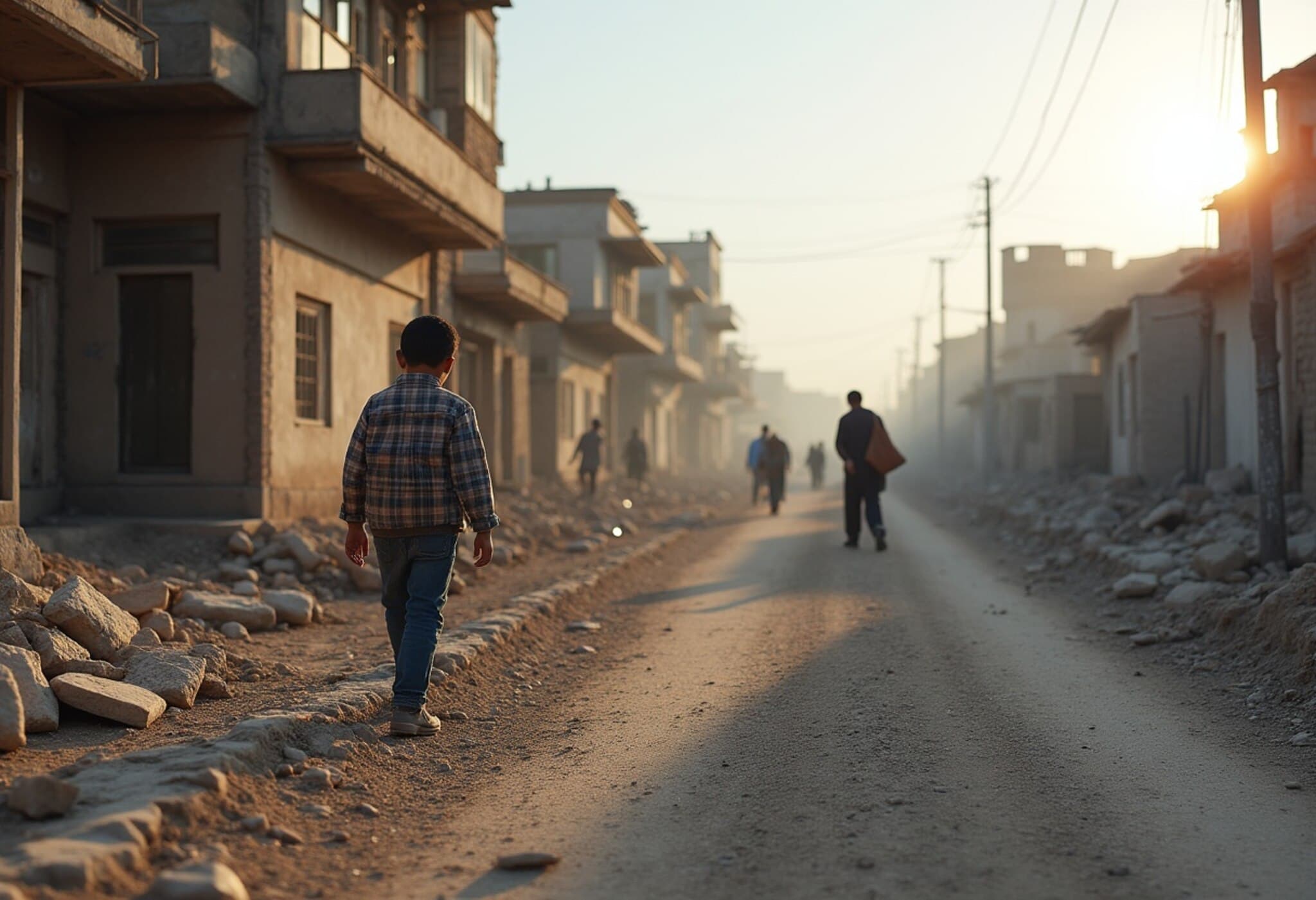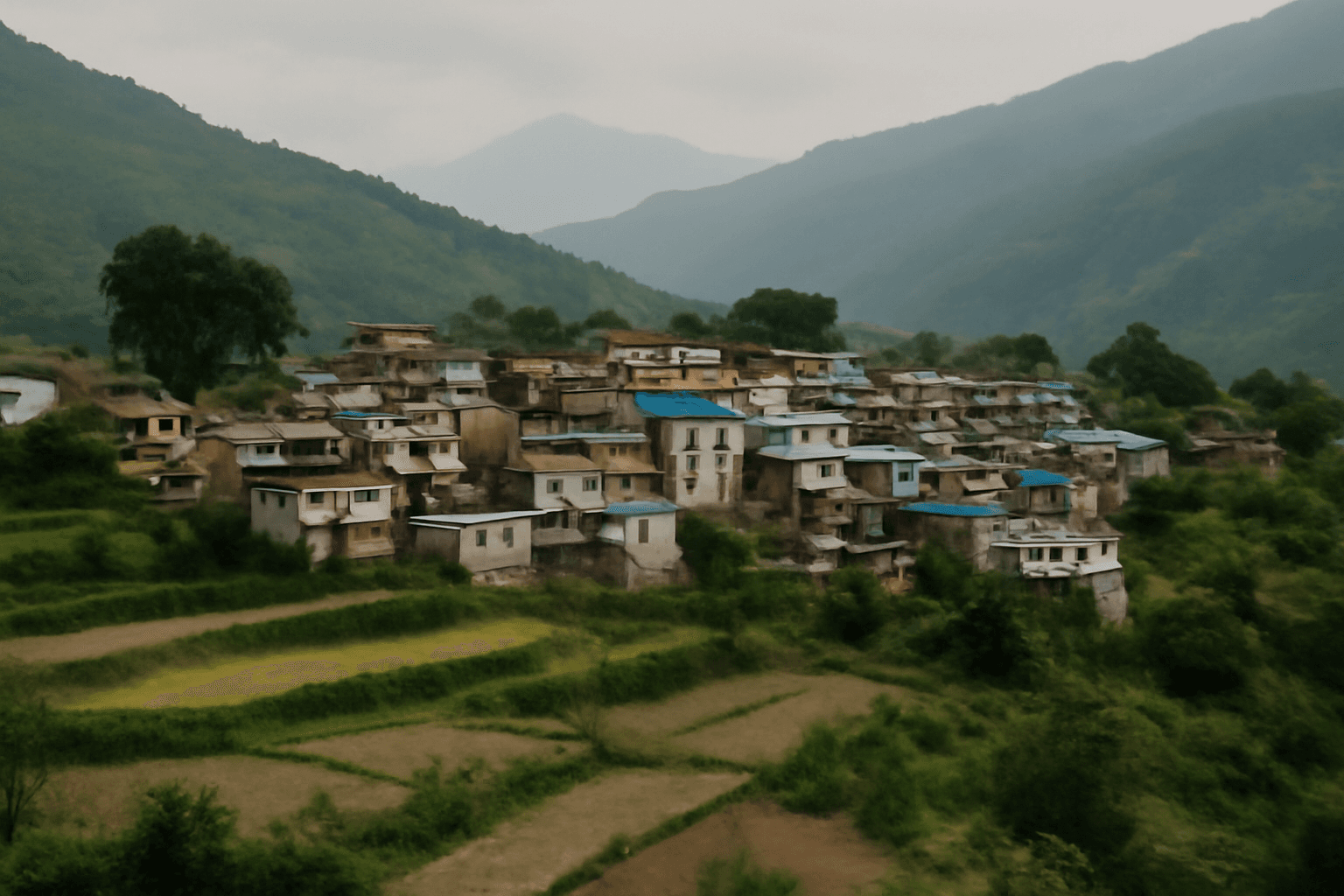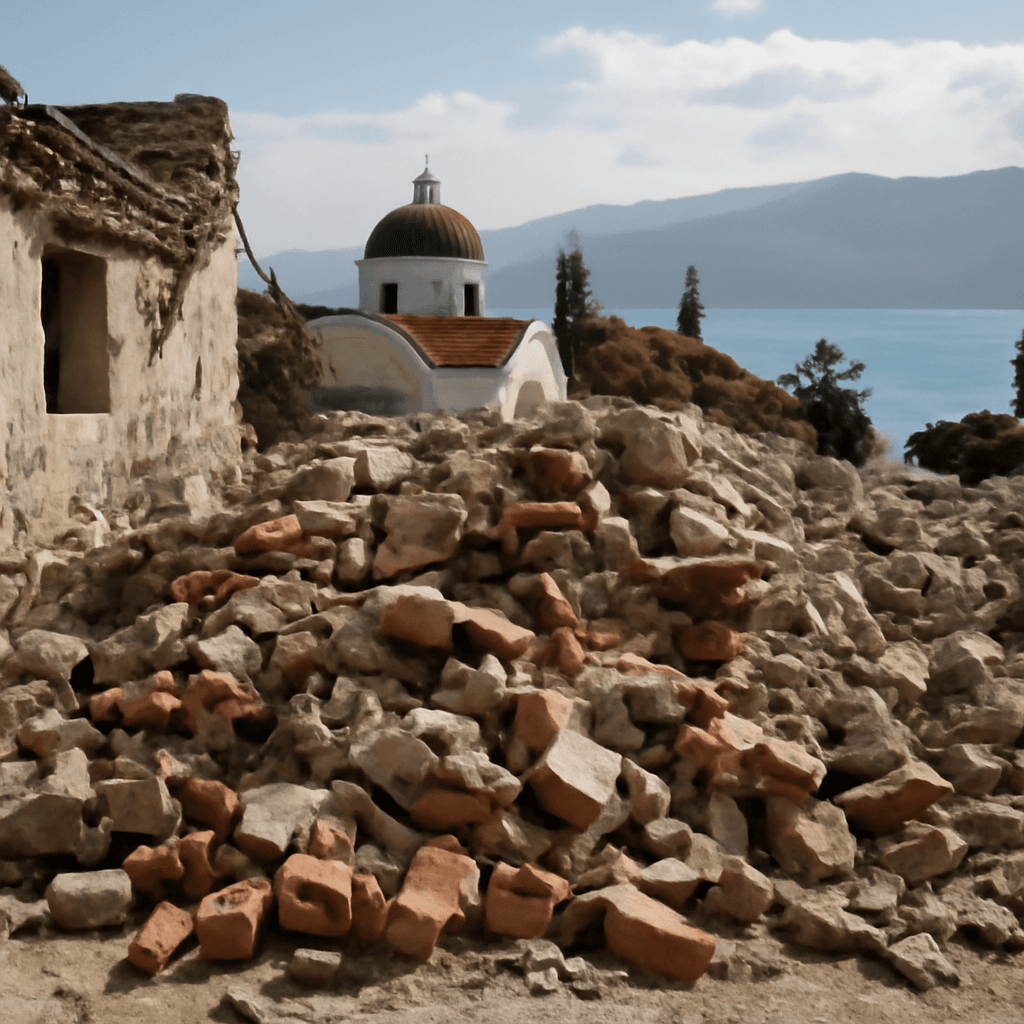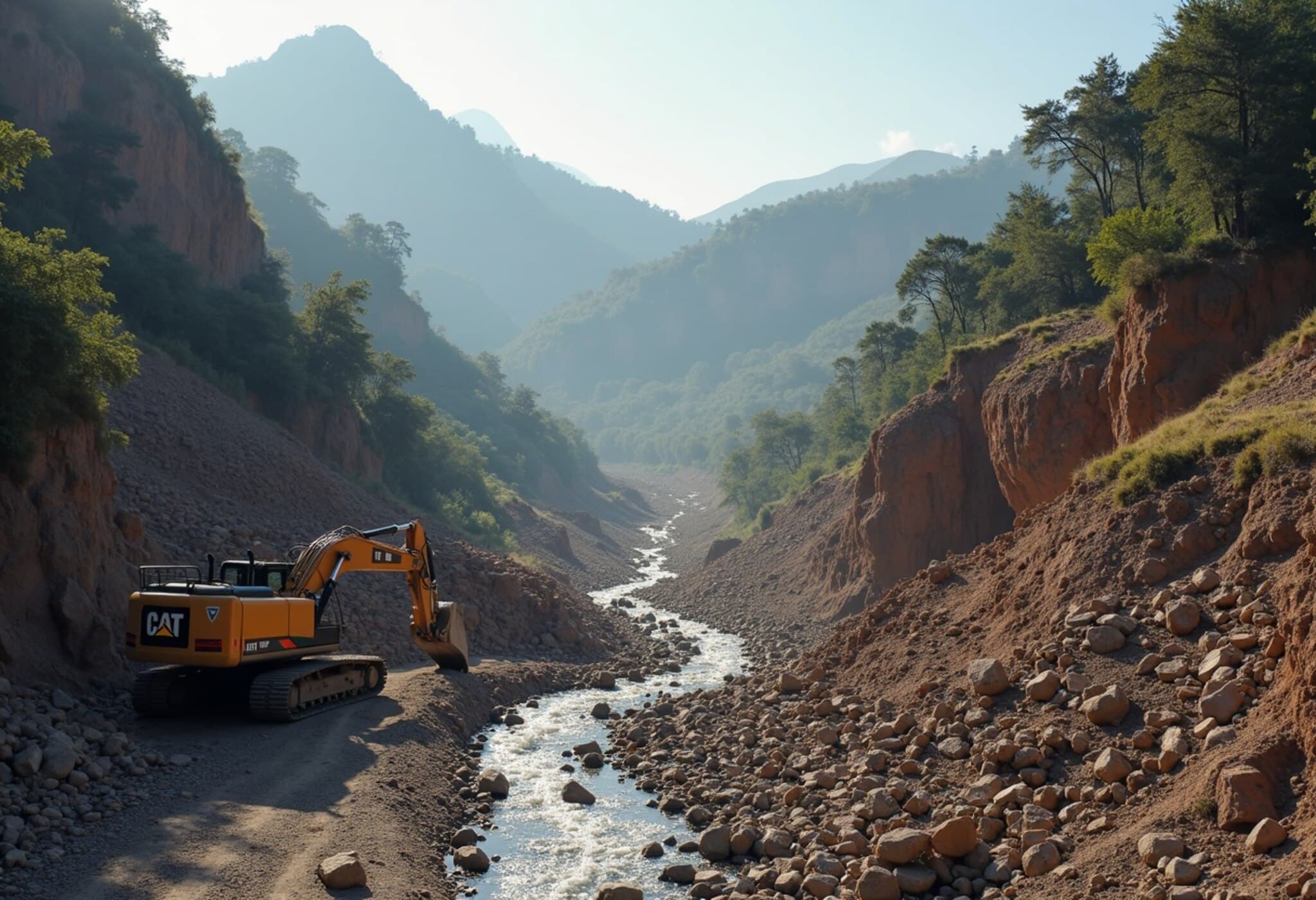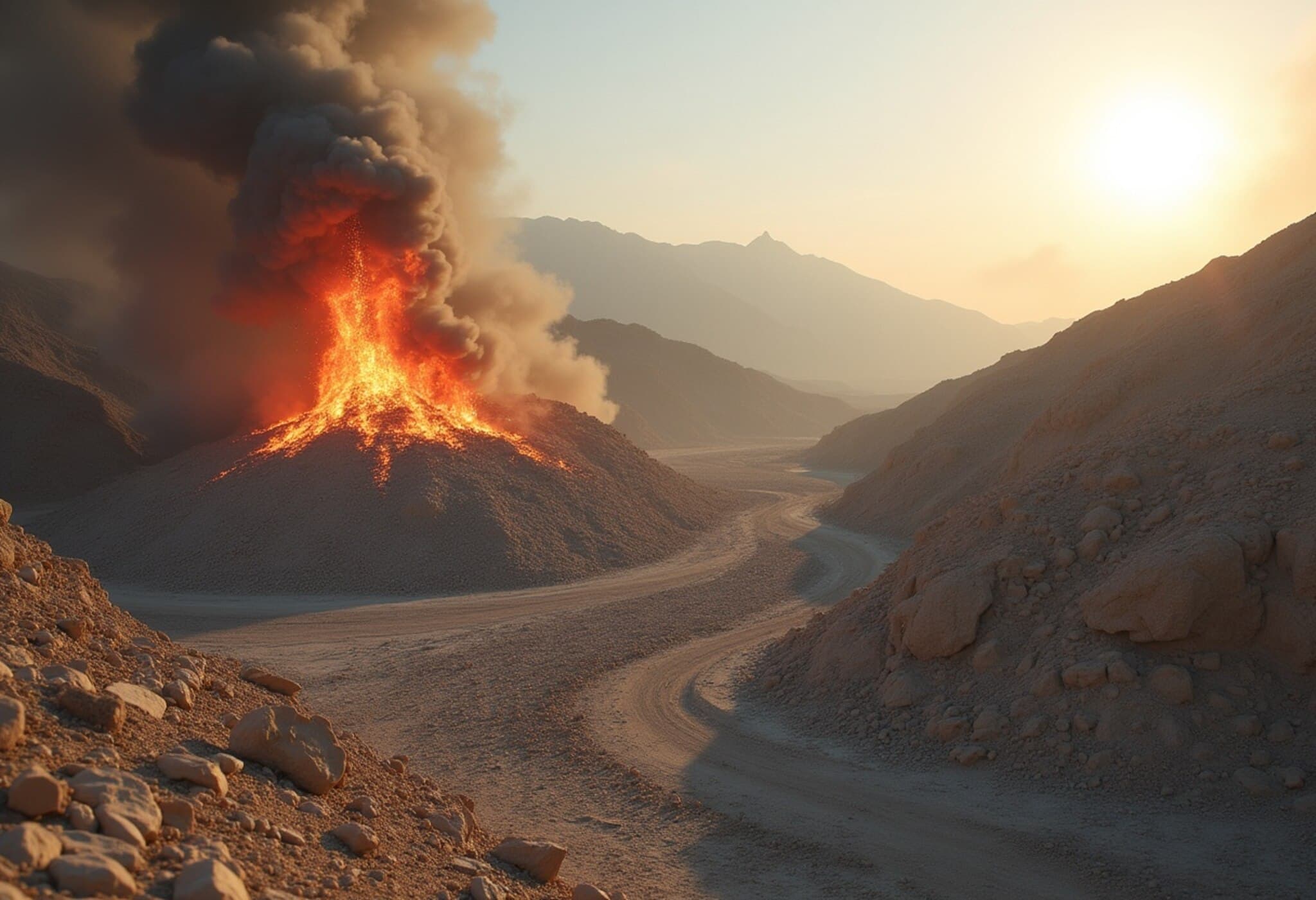Multiple Earthquakes Rattle Afghanistan Amid Rising Seismic Activity
Afghanistan experienced two significant earthquakes on Wednesday, adding to a series of tremors that have unsettled the region in recent days. The most powerful of the day registered a magnitude 4.4 quake at a depth of 155 kilometers, occurring at 2:24 pm India Standard Time (IST). Earlier that day, a second earthquake of magnitude 4.2 struck at a shallower depth of 47 kilometers at 12:19 pm IST.
According to the National Center for Seismology (NCS), the epicenters were located within Afghan territory, marked by coordinates 36.51°N, 70.70°E for the 4.4 magnitude quake and 36.54°N, 71.52°E for the 4.2 magnitude event.
Recent Seismic Activity in Afghanistan: A Cause for Concern
This latest pair of tremors follows a magnitude 5.5 earthquake on August 2 and a 4.8 magnitude quake on July 29. Experts warn that the latter shallow quake at just 10 kilometers depth poses a higher risk; shallow earthquakes often produce stronger surface shaking, increasing the chances of structural damage and casualties.
Afghanistan’s precarious position atop several active fault lines within the Hindu Kush mountain region—part of the collision zone between the Indian and Eurasian tectonic plates—makes it one of the world’s most earthquake-prone areas. The International Red Cross highlights the country’s heightened vulnerability due to this geology coupled with decades of socio-political instability and limited infrastructure resilience.
Humanitarian Implications and Ongoing Risks
The United Nations Office for the Coordination of Humanitarian Affairs (UNOCHA) in Afghanistan has issued caution as frequent earthquakes threaten communities still grappling with poverty, displacement, and chronic underdevelopment. The compounded risks from seasonal floods and landslides further strain Afghanistan’s fragile humanitarian landscape, complicating disaster response and preparedness efforts.
Experts underline the urgency of investing in earthquake-resistant infrastructure and comprehensive early warning systems, especially as seismic activity shows no sign of abating. Strengthening community awareness and disaster readiness is equally critical to mitigate future tragedies.
Expert Perspective
Seismologists emphasize that Afghanistan's seismic patterns should alert policymakers and international partners to the pressing need for multipronged risk management strategies. Beyond emergency aid, long-term resilience building—spanning urban planning, construction norms, and public education—will be central to safeguarding Afghan lives and livelihoods.
Looking Ahead
While Wednesday’s quakes caused no reported casualties or damage, the situation remains volatile. Continued monitoring and cross-border scientific collaboration could provide critical insights into seismic trends in this tectonically sensitive region.
Key Takeaways
- Two earthquakes with magnitudes of 4.4 and 4.2 struck Afghanistan on August 6.
- Recent tremors follow a series of significant seismic events in the region, including a 5.5 magnitude quake.
- Shallow earthquakes pose greater risks for damage and casualties due to intense surface shaking.
- Afghanistan’s location on multiple fault lines underscores its vulnerability.
- Humanitarian organizations stress the need for preparedness amid ongoing natural disaster threats.

